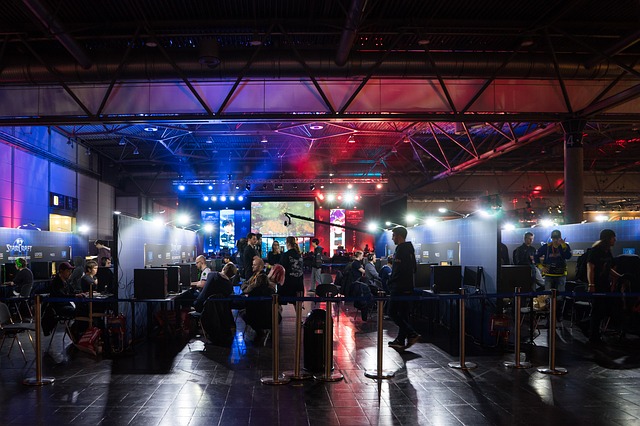A gaming PCs can, of course, theoretically run any triple-A title at 4K/120FPS using expensive high-end hardware. But most PC gamers will not be looking to spend $1599 or more on just an RTX 4090 graphics card, for example.
So, now that we are mostly past the pandemic-caused shortages of both PlayStation 5 consoles and gaming PC parts (graphics cards in particular), it might be interesting to revisit the old PS5 Vs PC price/performance discussion in light of more recent hardware launches.
Hardware: PS5 Vs 2023 PC
The PS5 uses a custom 8-core/16-thread AMD Zen 2 (Ryzen 3000-class) CPU in combination with a custom AMD RDNA 2 GPU with 2304 shading units. This combo shares 16GB of GDDR6 memory. For storage, it uses a fast PCIe Gen4 SSD with a capacity of 825 GB.
Actual gaming performance is mostly decided by the PS5’s GPU, which was often compared to the AMD Radeon RX 5700 XT or the Nvidia GeForce RTX 2070 at launch. Those graphics cards are becoming scarce even in the used market and the CPU is also a couple of generations behind.
So, if you are building a PS5-equivalent PC in 2023, you don’t need the latest and most expensive parts. A previous-gen AMD build should work well enough, perhaps using the following parts:
- CPU: Ryzen 5 5600X ($170) – Due to a newer architecture and higher clocks, this 6-core part, boxed with a cooler, is a bit faster than the 8-core PS5 counterpart (PassMark score about 22K vs 18K).
- RAM: 16GB DDR4-3600 ($40) – This is contentious as the PS5 uses faster GDDR6 only, but there are no such options for PC. Also, the GPU will still have GDDR6, which is the important part.
- GPU: Radeon RX 6650 XT ($300) – The mid-range and reasonably affordable RX 6650 XT outperforms the 5700 XT on average and should also narrowly outperform the PS5 GPU. Then again, a slightly faster GPU might be needed to compensate for PS5 games being better optimized (the disastrous PC launch of The Last of Us Part 1 comes to mind).
- Motherboard: B550 ($125) – There is no need to go overboard with the motherboard when building for PS5-level performance. An entry-level B550 model should suffice.
- SSD: High-end Gen4 1TB ($90) – The built-in SSD is one part that Sony didn’t skimp on in the PS5, so any PC counterpart should also be able to mostly max out the PCIe 4 interface.
- PSU: 500W ($60) – Any 80+ 500W power supply from a respectable manufacturer provides more than enough power for this build.
- Case: Entry-level ATX ($60) – You can certainly spend a lot on cooling and RGB, but it’s not necessary for this thought experiment.
- Peripherals: Keyboard + mouse, DualSense controller ($100) – For a console-like experience, you probably want a good controller and the PS5 original is excellent.
Not counting the monitor or tv which will vary greatly in price depending on your preferences, the total comes to $945 in this example. Although it is of course possible to spend a lot more on the PC, you will not be able to spend a whole lot less if you want new parts.
Closing Thoughts
The PS5 was in short supply and sold at inflated prices for quite some time after its initial launch, but the same was true for PC parts and especially graphics cards. These days you can pick up a PlayStation 5 disc-version bundle for less than $600, as in significantly less than an equivalent PC.
There are clearly other pros and cons such as versatility, upgradeability, ease of use, title exclusivity etc., but those will boil down to personal preferences. From a pure cost perspective, the PS5 will get you access to the latest titles for less.








![[Rumour] Tales of Xillia Remastered appears in some retailers](https://vgleaks.com/wp-content/uploads/2024/07/Tales_of_Xillia_Test_Screenshots_30-pc-games-150x150.jpg)









